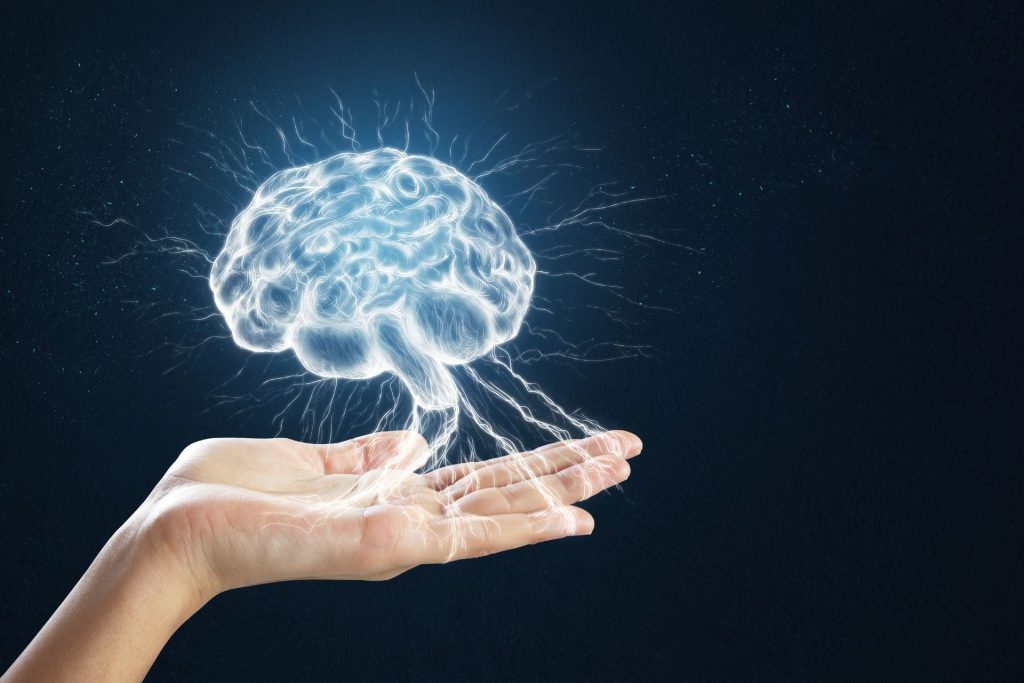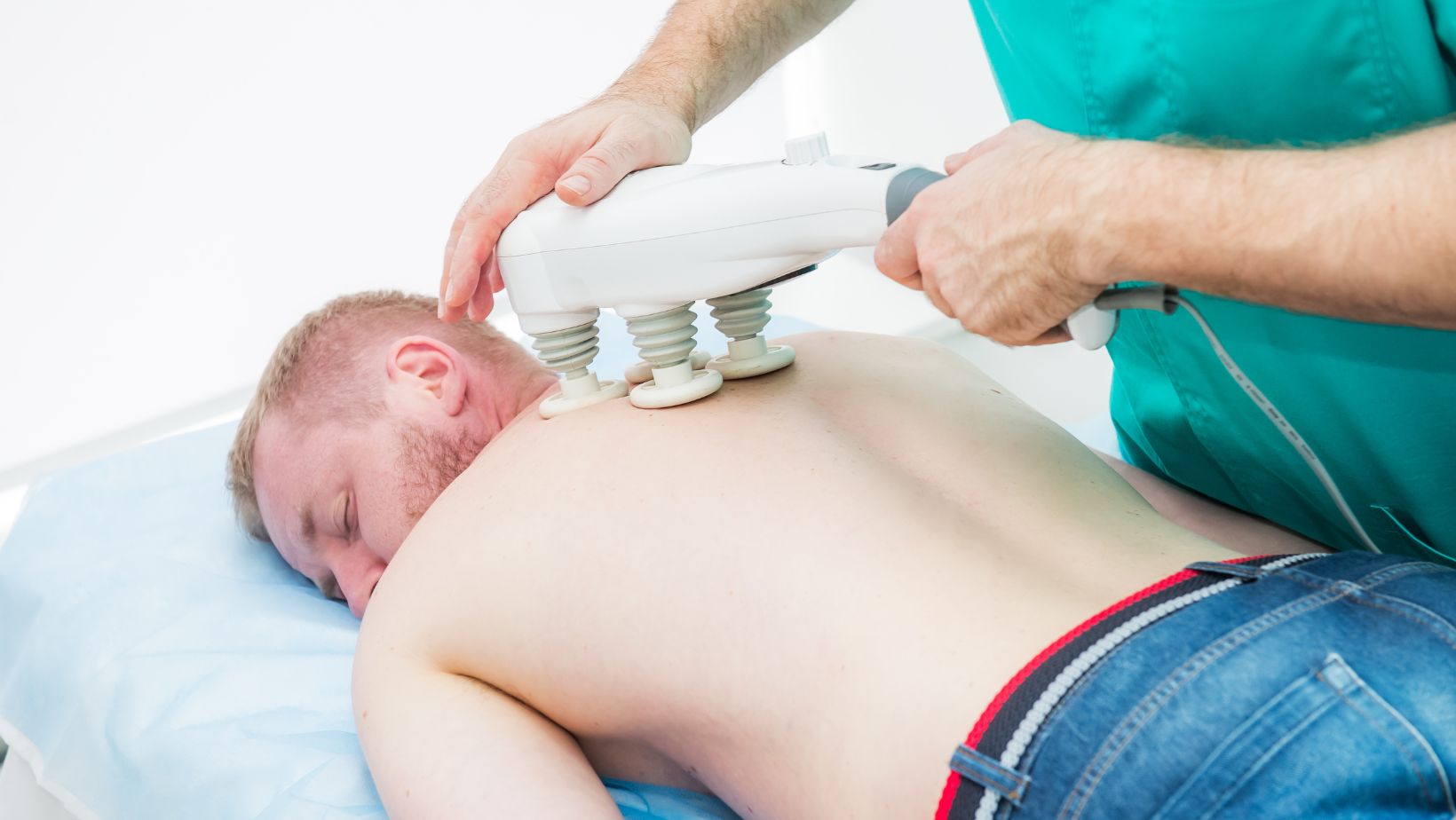
Understanding the intricacies of TMS Therapy can be as complex as the human brain itself. Yet, it’s essential for those considering this innovative treatment to grasp how it can potentially reshape the landscape of mental health care. There’s much to consider, from discerning the ideal candidates who stand to benefit the most to preparing for the initial session and navigating through the entire therapy process. Moreover, evaluating the outcomes, understanding the potential risks, and considering the financial implications are all crucial steps in making an informed decision.
Exploring the Benefits of TMS Therapy for Mental Health
According to experts at BestMind Behavioral Health, Transcranial Magnetic Stimulation (TMS) therapy has emerged as a revolutionary approach in the treatment of various mental health disorders, particularly for patients who have not found relief through conventional methods. The non-invasive nature of TMS allows for targeted stimulation of neural pathways associated with mood regulation, offering a new horizon of hope for individuals battling depression and other mental health challenges. Clinical studies have consistently demonstrated the efficacy of TMS in reducing symptoms, with many patients experiencing a significant improvement in their quality of life.
One of the most compelling advantages of TMS therapy is its safety profile and minimal side effects. Unlike pharmacological treatments, which a range of unwanted side effects can often accompany, TMS is well-tolerated by most patients. This makes it an attractive option for those who are sensitive to medications or who wish to avoid the systemic effects of drugs. Furthermore, TMS therapy can be personalized to each individual’s needs, with adjustable parameters such as intensity and frequency, ensuring an optimal therapeutic outcome.
The Science Behind TMS: How Magnetic Fields Influence the Brain
Delving into Transcranial Magnetic Stimulation (TMS) mechanics, we uncover a sophisticated interplay between magnetic fields and neural activity. This non-invasive therapy utilizes a coil over the scalp to generate brief magnetic pulses, which painlessly penetrate the skull to induce electrical currents within specific brain regions. These currents can modulate neuronal activity, effectively resetting the brain’s electrochemical environment. The targeted approach of TMS is designed to influence areas that are underactive or overactive in various mental health disorders. For those seeking further insights, tip sheets on the nuances of TMS therapy, including patient selection criteria and treatment protocols, can provide invaluable guidance for practitioners and patients alike.
Ideal Candidates: Who Can Benefit from TMS Treatment?
Individuals grappling with major depressive disorder (MDD) who have not found relief through traditional treatments may be prime candidates for TMS therapy. This innovative approach is particularly beneficial for those with a history of medication resistance, where antidepressants and psychotherapy have failed to yield significant improvement. TMS has been FDA-approved for the treatment of depression since 2008 and is also gaining traction for other conditions such as obsessive-compulsive disorder (OCD) and anxiety. However, these applications are still under investigation and not yet FDA-approved.
Moreover, TMS therapy can be viable for patients seeking a non-invasive and non-pharmacological intervention. Unlike electroconvulsive therapy (ECT), TMS does not require anesthesia and is associated with fewer cognitive side effects.
Preparing for Your First TMS Session: What to Expect
Embarking on the Transcranial Magnetic Stimulation (TMS) therapy journey can be a hopeful yet uncertain experience. There are several key steps to ensure you are well-prepared for your initial session. First and foremost, it’s essential to have a thorough discussion with your healthcare provider about your medical history and any medications you’re taking. This conversation will help to tailor the treatment to your specific needs and ensure safety throughout the process. Before the session begins, you’ll be advised to remove any magnetic-sensitive objects, such as jewelry or electronic devices.

Understanding the procedure itself can help alleviate any apprehensions. During the session, you will be seated comfortably in a chair, and a magnetic coil will be positioned near your head. This coil generates brief magnetic pulses, which aim to stimulate nerve cells in the region of your brain involved in mood regulation and depression. Here’s what you can typically expect:
- No anesthesia is required, as the procedure is non-invasive, and you will remain awake and alert.
- You may feel a light tapping or knocking sensation on your scalp.
- The process usually lasts about 30 to 60 minutes, and you can resume normal activities immediately afterward.
Some individuals may experience mild side effects such as headache or scalp discomfort at the stimulation site post-session. These are generally short-lived and can often be managed with over-the-counter pain relievers. Communicating discomfort to your TMS technician is essential, as they can adjust the machine settings for greater comfort in future sessions.
Navigating the TMS Therapy Process: Sessions and Duration
Understanding the commitment required for TMS therapy is crucial for patients considering this treatment option. Typically, the process involves a series of sessions, with the initial phase often consisting of daily treatments five days a week for four to six weeks. Each session lasts approximately 30 to 60 minutes, depending on the individual’s specific treatment protocol. Following the intensive phase, some patients may transition to a less frequent maintenance schedule to consolidate the therapeutic gains. It’s important to note that while many patients begin to experience symptom relief within the first few weeks, the full benefits of TMS therapy may not be realized until the completion of the entire course. In conclusion, the success of TMS therapy hinges on a patient’s adherence to the prescribed treatment schedule, making an informed understanding of the time investment a pivotal aspect of the therapeutic journey.
Measuring the Success of TMS: Outcomes and Patient Experiences
Evaluating the efficacy of Transcranial Magnetic Stimulation (TMS) Therapy goes beyond clinical metrics; it encompasses the holistic impact on a patient’s quality of life. Success rates are often quantified through reducing depressive symptoms, as measured by standardized scales like the Hamilton Depression Rating Scale (HDRS). However, the accurate measure of TMS’s impact lies in the personal accounts of those who have undergone the treatment.

Patients frequently report improvements in mood, cognitive function, and overall well-being, which are not always captured by traditional outcome measures. To further assist potential candidates, tip sheets that outline what to expect before, during, and after TMS therapy can be invaluable, providing a comprehensive understanding of the process and setting realistic expectations for recovery.
Potential Side Effects and Safety Considerations in TMS Therapy
While TMS therapy is generally considered safe and well-tolerated, it is not without potential side effects. Patients commonly experience headaches or discomfort at the stimulation site during or after treatment. These symptoms are typically mild and can often be alleviated with over-the-counter pain medication. Scalp discomfort during the session is also possible, but this usually subsides as the body acclimates to the sensation of the magnetic pulses. Patients must communicate discomfort to their healthcare provider, as adjustments can be made to the treatment protocol to enhance comfort.












